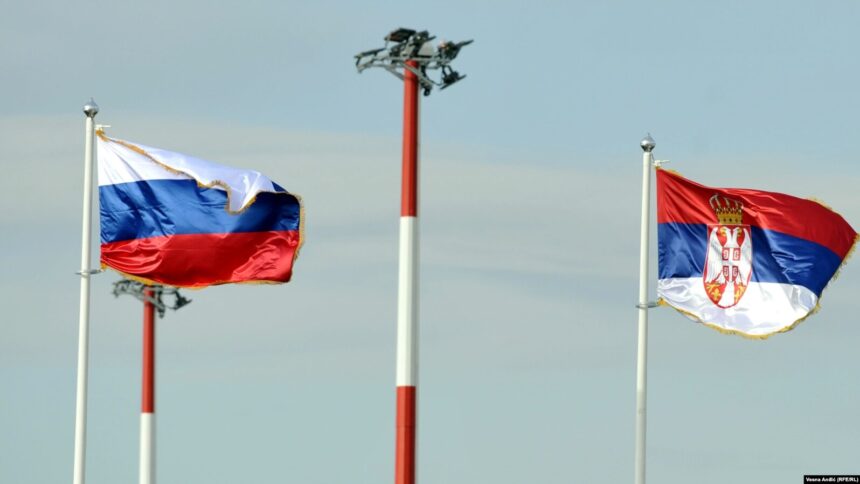The Russian Embassy in Belgrade stated that the only solution to the current situation in Serbia is “dialogue within the framework of law,” according to Serbian rules.
In a Telegram post, the embassy emphasized that its attention to recent events in Serbia “has not gone unnoticed,” without specifying the exact issues at hand.
The embassy added that its assessments reflect reality accurately, responsibly, and with good intentions, but did not clarify which assessments were being referred to.
The Kremlin has already expressed support for the Serbian authorities, who are facing months-long anti-government protests, with demonstrators calling for early parliamentary elections. Russian officials echo the Serbian government’s claims that the protests represent a so-called “color revolution,” a term used for uprisings in former Soviet republics against authoritarian regimes.
Earlier in August, the Russian Ministry of Foreign Affairs stated that some forces in Serbia, under the guise of “justice and democracy,” do not hesitate to use aggression, barbarism, and violence. Russian Ambassador to Serbia, Aleksandar Bocan-Harcenko, last week claimed that the West seeks to replace President Aleksandar Vučić with a weak politician controlled by the European Union. This statement drew criticism from the Serbian opposition, which described it as interference in domestic affairs.
The Russian embassy reiterated that “there can be no talk of interference in Serbia’s internal affairs” and highlighted that Russia has historically supported Serbia’s sovereignty, independence, autonomy, territorial integrity, and the freedom of its people.
“We do not doubt that there is only one path, and that is dialogue in the field of law. According to Serbian rules. For Serbia. For its people,” the embassy said.
President Aleksandar Vučić has recently called twice for dialogue with the protesters, reaffirming that Serbia’s EU membership remains a priority. The Russian embassy also noted that violence remains in the arsenal of the protesters, without specifying whom it referred to.
The protests, ongoing for several months, began after 16 people died during the collapse of a concrete shelter at the Novi Sad Railway Station on November 1 of last year. During the summer, protests were marked by violent police responses and the participation of pro-government Progressive Party supporters, who were armed with sticks and pyrotechnics against opponents of the government.







